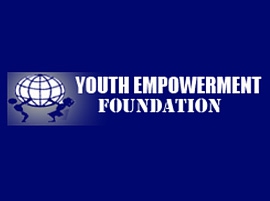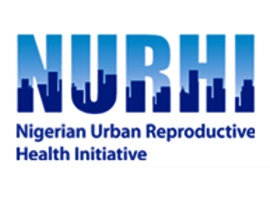15 environment journalists equipped with digital and mapping skills
Forms Network of Environment Journalists
Development Communications (DevComs) Network in collaboration with EnviroNews Nigeria organised a Journalism Development Workshop on 8th and 9th April, 2014 to equip environmental journalists with skills to report environment using digital tools such as data wrapper, JEO cardmune template, google fusion tables amongst others.
The two-day workshop which was supported by Earth Journalism Network and Internews brought together in Lagos, 15 environment reporters from print, television, radio and online media to discuss topical issues in environment and formed the ‘Network of Environment Journalists in Nigeria’.
During one of the presentations made in the workshop, the Program Officer, ICT and Media, Ayodele Adesanmi highlighted several newsrooms already adopting data journalism. He quoted Simon Roger, editor- Datablog as saying ‘we are drowning in information …’, as one of the reasons to adopt data journalism.
Speaking on “sourcing environment data: mining, cleaning and crowdsourcing’’, the co-founder of Budgit, Seun Onigbinde walked the participants through sources of data, story crafting tips, media integrations, and developing feedback systems. According to him, the primary data sources for environment stories include, Ministry of environment, NESREA, LAWMA, NIMET, NEMA, UNFCC, and Ecological fund. Seun told the participants that it was important to know which data set was appropriate and available for their stories.
The Budgit co-founder also trained the participants on ‘Creating Infographics and Mapping Data’. He then singled out ‘data wrapper’ as one of the best tools to present data in stories. Data wrapper is available at: data wrapper.de.
Two renowned Geo-journalism experts from Internews Network, Gustavo Faleiros and William Shubert both delivered their lectures via google hangout.
Gustavo Faleiros, a Knight International Journalism Fellow spoke on ‘Visualising and Analysing Data (tools and applications)’. During his presentation, Gustavo cited the info Amazonia project (www.infoamazonia.org) as a typical project that can be achieved through satellite imagery. According to him, the platform promotes easy access to stories. ''It involves not just journalists but also community people, IT professionals and designers, making the platform more impactful to raising awareness'', he said.
Similarly, Willie Shubert, took the journalists through the process of uploading stories using Cardmune (map) theme. According to him, Geo journalism involves using maps as evidence and stories as contents because interactive maps allow compelling ways to explore data. Willie expressed that data are usually obtained from governments, CSOs and journalists. He showed a practical way of using the maps to bring issues to life and telling a story using the map, graphic and video.
On the second day of the workshop, the Editor-in-Chief, EnviroNews Nigeria, Micheal Simire spoke extensively on ‘topical issues in Environment Reporting & Interaction’ He urged the participants to take note of ‘cause and effects’, ‘current and future impacts’, ‘stakeholders engagements’, ‘international obligations & negotiations’, ‘impact analysis’, etc when reporting Topical Environmental Issues.
By the end of the second day of the workshop, participants had developed story ideas and formed ‘Network of Environment Journalists in Nigeria (NEJN)’, an associated EJN Network in Nigeria. More members are expected to join the network in the near future.
Posted by: Ayodele Adesanmi












